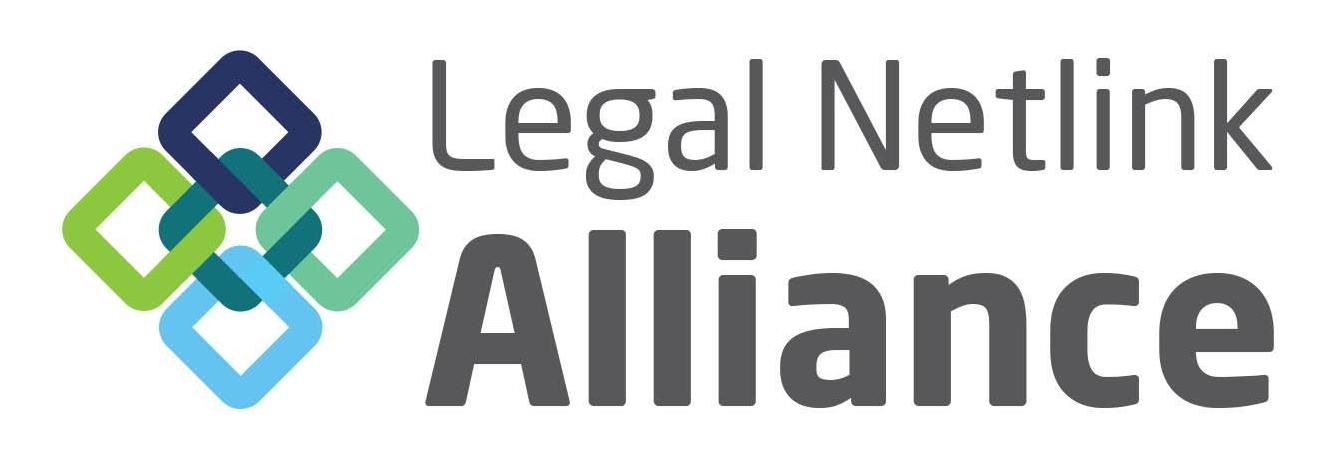Estate Planning 101: the first in a series
Make it a New Year’s Resolution to Refresh
(or Finally Address!) Your Will
By: Dan McGuire
Everyone talks about the need to get a Will done (or updated), but many people never take that next step. Perhaps it is the unwillingness to face our own mortality. Perhaps it is just a general lack of knowledge as to what “getting a Will done” involves that makes the individual procrastinate further. If we break down the estate planning process into smaller bites, it may be easier to understand what is involved, and to take that first step, and get the process moving.
Helping clients establish their estate plans is a process that requires diving into a lot of detail: family dynamics, the financial situations of our clients, and the financial situations of their intended beneficiaries, to name a few. It is not a simple “off the rack” solution. You can’t put a suit on someone who is not looking for one. And you certainly should not put one on someone who does not need one.
The main question for a client to answer in getting started in the estate planning process is: “What do I want to accomplish?” Fact finding and organization of thought is imperative. We live in a world of blended families; fast pace; “no time” to sit back and plan years ahead, let alone tomorrow’s activities. Everyone has these issues to address, and delay does nothing to prevent the potential for confusion, disagreement and pain. We assist our clients in defining their situation and goals and designing a plan to accomplish those goals. But that is not where the process ends. We must then implement the plan to ensure those goals are actually met.
Our first goal, then, is to help our clients define what they want to accomplish with their estate plans. As the process continues, our client’s needs and concerns are revealed and developed, which serves to directing the attorney to consider the relative benefits of each sort of plan that might be employed. Ultimately, the client must weigh the cost and benefits of each part of the proposed plan.
So, how does a client actually develop an understanding of what a Will does?
Let’s start with what probate “is” and what it covers. Probate courts cover a lot of subject matters, from the guardianship of minors or incapacitated adults to the process of administering the estates of those who have died, and many other specialized areas. Let’s focus on the administration of a person’s assets after death.
When a person dies, the assets that the person owned individually are what pass through the probate process. So, a car or bank account or house that is in the client’s sole name are included.
OK, then, what does NOT pass through the probate process? Property that does not go through the probate process includes (for example) property owned by the client jointly with another person. So, a bank account or house owned jointly by spouses is not a probate asset. Similarly, an asset for which there is a beneficiary designation (such as an insurance policy, or IRA, or payable on death bank account) are not probate assets, because that “contract” with the insurance company or investment company or bank defines who is to get the property when the client dies.
When you take OUT the non-probate property, what is left is what is covered by the probate process. And THAT is what is covered by the client’s Will. If there is no Will, it is distributed according to the state’s law of descent and distribution.
If you want to control who gets how much of all of that property, whether it is probate property or non-probate property, you need to revisit WHAT each asset is, HOW each asset is titled, and IF there is a co-owner, or a beneficiary designation. When all of that is assembled, the client has to determine if that is the plan the client really wants in place. If the answer is anything other than an unqualified “Yes!” then it is time to take action.
Our attorneys are always ready, willing and able to meet and discuss all of those questions, help you articulate your plan and goals, determine the best plan to accomplish them, and then implement it. You will find that, by taking those small bites, the problem that used to lead to procrastination and uncertainty has been addressed and resolved.



